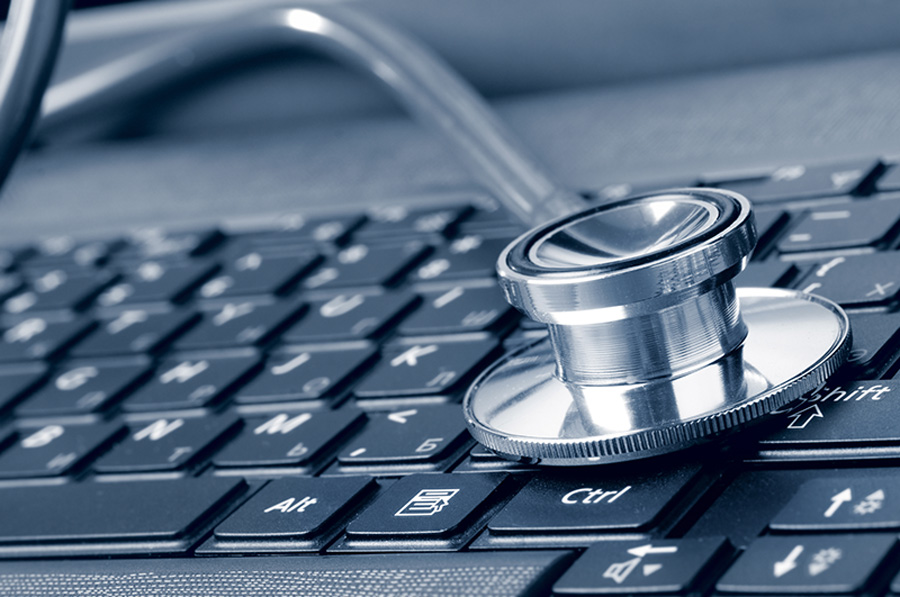When it comes to medical care, advances in digital services have paved the way for faster communication, more accessible treatment, and easier patient tracking.
At the same time, these services have also placed the healthcare industry at risk for external data attacks and breaches. These attacks can affect your HIPAA compliance, and also potentially lead to major fines for your business or team members.
Knowing the possible sources, and consequences, of a HIPAA data breach can help your medical practice or business to stay ahead of mistaken leaks, and ward off attacks that can affect your clients, partners, team members and stakeholders.
What is a data breach?
Generally speaking, a breach is the impermissible use or disclosure of private and protected health information. In the digital world, a breach can happen via email, file transfer, text messaging, online hosting or even hardware theft.
A breach can happen internally, for example, in the form of unauthorized or unintended file sharing. It can also happen when digital information is intercepted by an outside or malicious source. Unfortunately, this kind of breach isn’t all that rare.
One 2020 study found that hacking/IT incidents were the most prevalent forms of attack behind healthcare data breaches.
This means it’s more essential than ever that your hardwares and softwares are capable of safeguarding your electronic data.
How are breaches reported?
A breach can be found and reported in various ways. Businesses or practices may find them during an internal Risk Analysis, when searching for holes in their digital security practices. A breach can also be found by the HHS Office for Civil Rights during a HIPAA audit.
If a patient or practice employee finds that private information has been disclosed without proper authorization, they can report a HIPAA violation as well (which is sometimes also required to be publicly announced).
What are the consequences of a HIPAA data breach?
Depending on the severity of the breach, there are several possible outcomes. If the breach is found internally and is related to an employee’s actions, the violation might be handled internally by the practice manager or employer.
Alternatively, if the breach is a result of a lack of training, poor security measures, or failure to conduct a Risk Assessment, the consequences can land on the Covered Entity and be far more extreme.
Other factors that can determine the consequences of a data breach might include:
- Whether there was knowledge of a HIPAA violation
- Whether there was corrective action taken to remedy the violation
- The number of people affected by the violation
Regardless, a practice or business owner faces the risk of civil penalties, criminal penalties and/or public attention if a HIPAA data breach occurs.
How can my practice avoid a HIPAA breach & penalties?
There are several ways you can protect your business and your employees when it comes to the digital side of HIPAA.
- Provide (and Document) Training
If an employee breaks HIPAA rules because of a lack of training, the employer is at fault for not fulfilling their legal requirement to provide training “as necessary and appropriate for members of the workforce to carry out their function in a HIPAA-compliant manner” (HIPAA Privacy Rule). When delivering HIPAA training, it’s important to document what topics have been covered, when the training was provided, and who attended (ideally with employee signatures).
- Use Encryption Software
One of the most important and effective steps you can take when it comes to digital information sharing is enlisting encryption software. Not only does this ensure that Protected Health Information (PHI) is unreadable without the necessary access levels, it also fulfills your requirement to have an appropriate safeguard in place to maintain the “confidentiality, integrity and availability of e-PHI” (read more at hhs.gov).
Remember, encryption isn’t just for email. Any SMS services, instant messaging and file sharing systems should all be equipped with encryption capabilities.
- Boost Your Network Security
Do you know if your network is compliant? Covered Entities have a requirement to have technical safeguards in place to prevent breaches, such as computer errors or network attacks. If a breach can be traced to a failure to meet the required digital safeguards, the employer is at fault.
The health of your network is directly tied to the health of your compliance. At a minimum, your wireless network must be password protected, with hardware located in a secure and safe office space. Backing up your configuration, adding additional layers of encryption, and restricting media access are other measures you can take to protect your network’s data.
- Perform an Annual Security Risk Assessment
This is one of the most important measures you can take to discover your digital strengths and weaknesses. A Risk Assessment will cover the condition of your hardware, password protocols, the use of antivirus softwares, encryption methods and more.
Not only will an assessment help to rate your level of risk, it will also serve as proof that your practice or business is taking effective measures toward securing your e-data, in the event that a HIPAA compliance audit does occur. An annual Security Risk Assessment is a requirement for all covered entities.
Are you in need of a HIPAA compliant solution for your organization?
Protecting the digital data of your practice and patients is what we do. For over 30 years, we’ve worked with clients in medical, dental, eye care and speciality fields to manage their digital information and take healthcare-related IT problems off their hands.
When it comes to HIPAA compliance, we stay informed on the latest requirements and keep you current with ongoing recommendations and updates.
You don’t have to wade through digital HIPAA alone — get started today by scheduling a free Technology Assessment with our team.


